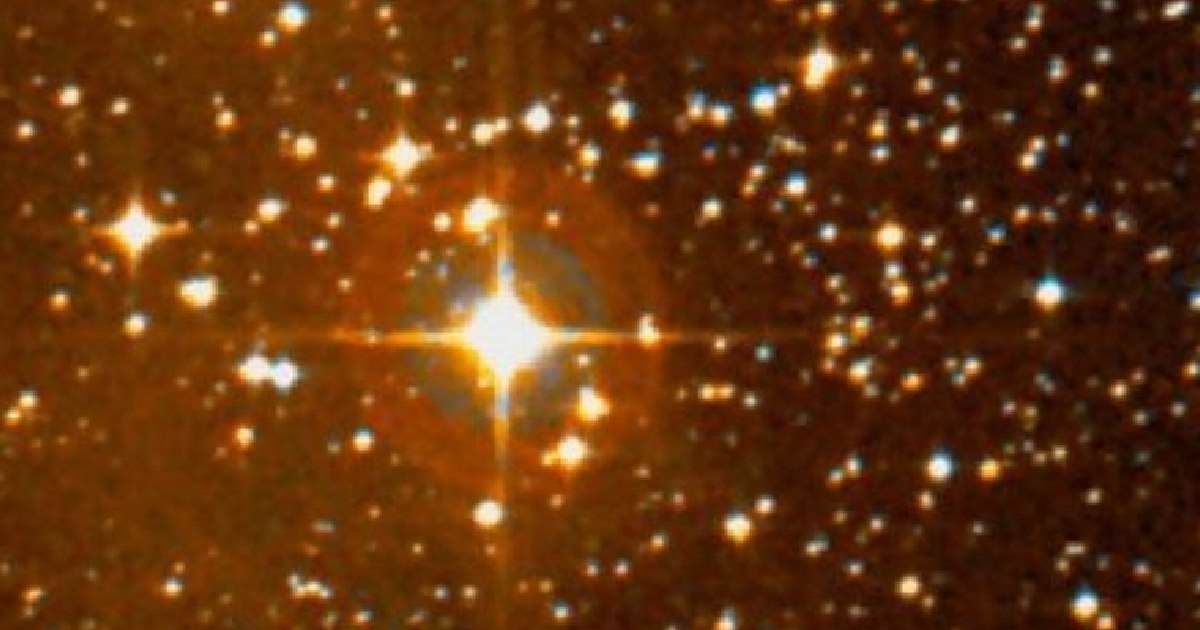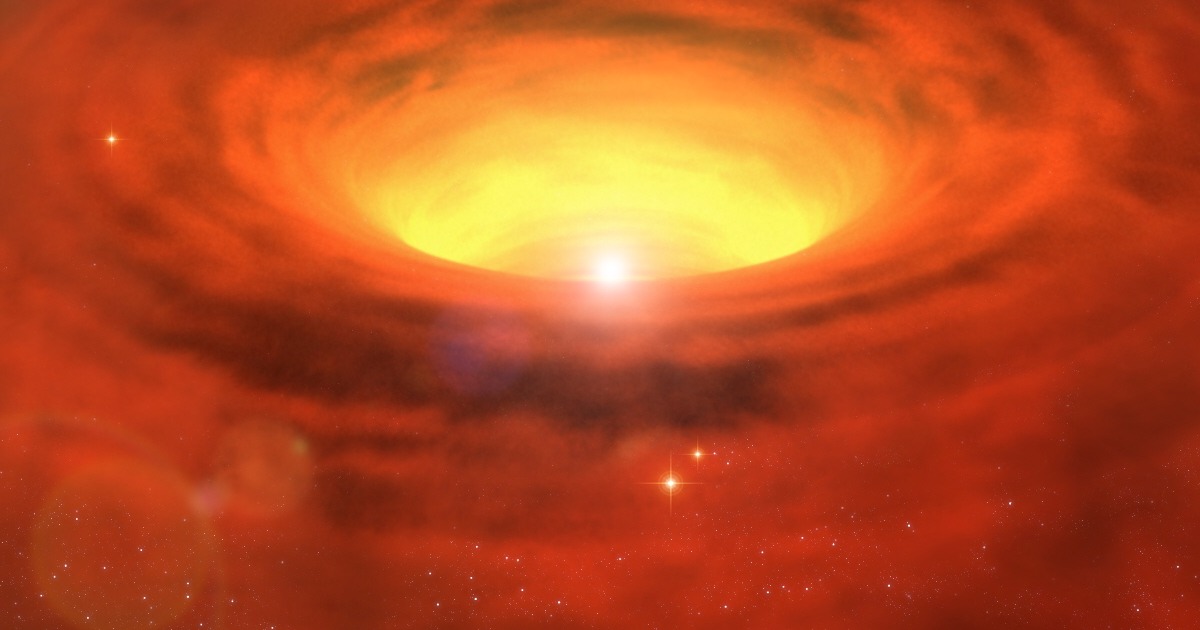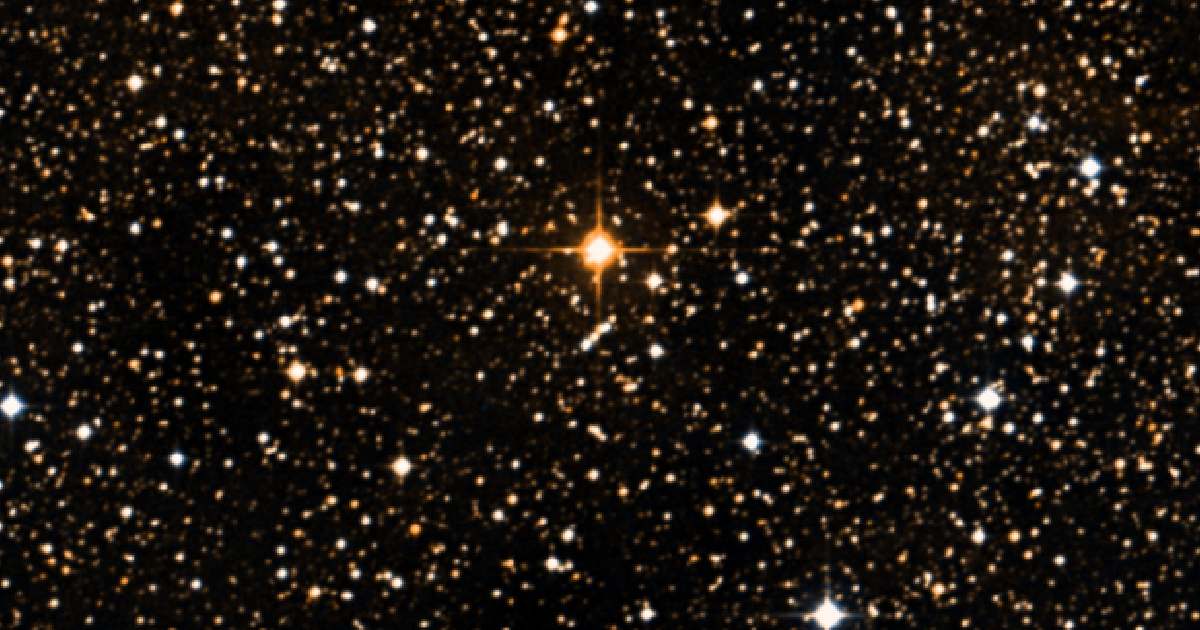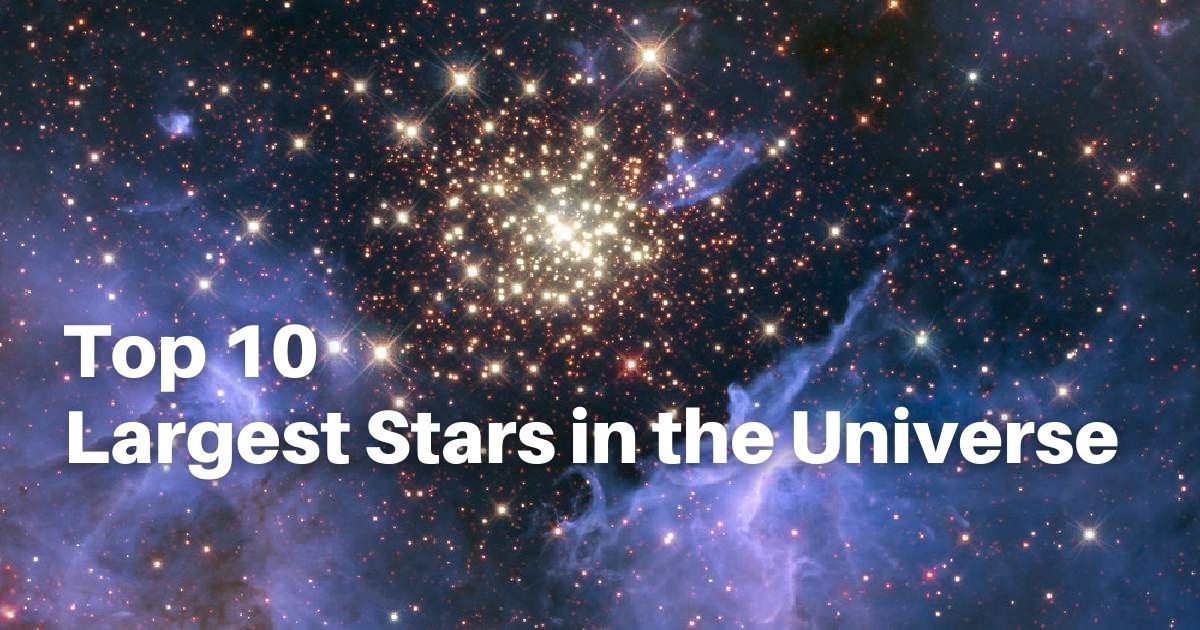When you gaze up at the night sky, it’s hard to fathom the immensity of the stars scattered across the cosmos. Among these celestial giants, a few stand out due to their sheer size and luminosity. These stars, often referred to as hypergiant or red supergiant stars, are the largest stars in the universe. In this article, we’ll explore the top 10 largest stars, delving into their key features and the scientific marvels they represent. These monster stars serve as fascinating examples of massive star formation and the lifecycle of supermassive stars.
10. HV 888
- Type: Red supergiant star
- Size: Approximately 1,200 times the radius of the Sun
- Brightness: Extremely luminous, visible with advanced telescopes
- Location: Large Magellanic Cloud
HV 888 is a significant star located in the Large Magellanic Cloud, a satellite galaxy of our Milky Way. This star is known for its massive size and brightness.
HV 888’s enormous size and luminous nature make it a fascinating subject for astronomers studying massive star formation and the lifecycle of supermassive stars. Its red supergiant classification means it has expanded significantly since exhausting the hydrogen in its core, now burning heavier elements in its quest for stability.
9. AH Scorpii
- Type: Red supergiant star
- Size: Approximately 1,400 times the radius of the Sun
- Brightness: Highly luminous, contributing significantly to the constellation’s visibility
- Location: Constellation Scorpius
AH Scorpii is another colossal star that captures the interest of astronomers. This star is located in the constellation Scorpius and is one of the brightest stars in its region.
AH Scorpii’s remarkable size and brightness make it a beacon in the night sky and a subject of extensive study in the field of stellar evolution. Being a red supergiant star, it showcases the final stages of a massive star’s life before it eventually meets its fate in a supernova explosion.
8. CM Velorum
- Type: Red supergiant star
- Size: Approximately 1,500 times the radius of the Sun
- Brightness: Exceptionally bright, visible in the Vela constellation
- Location: Constellation Vela
CM Velorum, located in the constellation Vela, is a massive star that stands out due to its extraordinary size and brightness.
This star’s immense size and luminosity make it a prominent feature in the study of the largest stars in the universe. CM Velorum, like other very massive stars, provides a window into the processes that govern stellar life cycles and the ultimate fate of the most massive stars.
7. HD 12463
- Type: Red supergiant star
- Size: Approximately 1,600 times the radius of the Sun
- Brightness: Extremely bright, contributing to its visibility in the Milky Way
- Location: Milky Way galaxy
HD 12463 is a significant red supergiant star located within our own Milky Way galaxy. Its massive size and brightness are awe-inspiring. HD 12463’s colossal size and radiant presence make it an important object of study for astronomers seeking to understand the dynamics of massive star formation. This cool star’s impressive size is a testament to the powerful forces at play in our galaxy.
6. VY Canis Majoris

- Type: Red hypergiant star
- Size: Approximately 1,700 times the radius of the Sun
- Brightness: Incredibly bright, often studied for its unique properties
- Location: Constellation Canis Major
VY Canis Majoris is one of the most famous hypergiant stars, known for its staggering size and brightness.
As one of the largest stars in the universe, VY Canis Majoris serves as a prime example of the extreme end of stellar evolution. This hypergiant star’s massive size and luminous output provide critical insights into the lifecycle of the biggest stars known.
5. HD 269551
- Type: Red supergiant star
- Size: Approximately 1,800 times the radius of the Sun
- Brightness: Highly luminous, prominent in the Large Magellanic Cloud
- Location: Large Magellanic Cloud
HD 269551 is another massive star located in the Large Magellanic Cloud. Its immense size and luminosity make it a noteworthy object of study.
HD 269551’s vast size and brilliant glow provide valuable insights into the life cycle of the most massive stars in the universe. As one of the most massive stars in this satellite galaxy, it offers a unique perspective on stellar formation and evolution beyond our own Milky Way galaxy.
4. RSGC1-F01
- Type: Red supergiant star
- Size: Approximately 1,900 times the radius of the Sun
- Brightness: Exceptionally bright, a standout in its star cluster
- Location: RSGC1 star cluster
RSGC1-F01, found in the RSGC1 star cluster, is one of the most massive stars known to date. This star’s immense size and luminous nature make it a central figure in the study of monster stars and their evolutionary paths. The RSGC1 cluster itself is an active region of massive star formation, providing a fertile ground for observing the birth and life of supermassive stars.
3. WOH 5170
- Type: Red supergiant star
- Size: Approximately 2,000 times the radius of the Sun
- Brightness: Incredibly bright, prominent in the Large Magellanic Cloud
- Location: Large Magellanic Cloud
WOH 5170 is a massive star located in the Large Magellanic Cloud, known for its staggering size and brightness. The sheer size and luminous nature of WOH 5170 make it a fascinating subject for those studying the largest stars in the universe. Its presence in the Large Magellanic Cloud, a galaxy rich with star-forming regions, underscores the dynamic processes that lead to the formation of very massive stars.
2. WOH G64

- Type: Red supergiant star
- Size: Approximately 2,100 times the radius of the Sun
- Brightness: Extremely bright, a key feature in the Large Magellanic Cloud
- Location: Large Magellanic Cloud
WOH G64, another giant in the Large Magellanic Cloud, is known for its extraordinary size and luminous properties. WOH G64’s immense size and brightness provide critical data for understanding very massive stars and their life cycles. This cool star’s massive size and significant luminosity make it an essential object of study in the context of stellar evolution and the ultimate fate of the most massive stars.
1. UY Scuti

- Type: Red supergiant star
- Size: Approximately 2,400 times the radius of the Sun
- Brightness: Incredibly luminous, one of the brightest stars known
- Location: Constellation Scutum
UY Scuti is often considered the largest star in the universe, with an astonishing size and brightness. As the biggest star is known, UY Scuti stands as a monumental example of the extreme scale and complexity of stellar evolution. Its immense size and brilliant luminosity make it a key subject for astronomers studying the properties and lifecycle of the largest stars in the universe.
Conclusion
The universe is home to some truly colossal stars, each one a testament to the incredible diversity and grandeur of the cosmos, from a cool star to the brightest star. From the vast expanses of the Large Magellanic Cloud to the familiar confines of our own Milky Way galaxy, these massive and luminous stars offer a glimpse into the extraordinary processes that govern stellar formation and evolution. Whether you’re marveling at the sheer size of UY Scuti or the luminous brilliance of VY Canis Majoris, these stars remind us of the awe-inspiring scale of the universe we inhabit. Each star, with its unique properties and immense size, contributes to our understanding of the cosmos, highlighting the beauty and complexity of the night sky starting from a few million years ago.
Frequently Asked Questions (FAQs)
What is the largest known star in the universe?
The largest known star in the universe is UY Scuti. It is a red supergiant star located in the constellation Scutum. With an estimated radius around 1,700 times greater than the Sun, UY Scuti is classified as a hypergiant due to its immense size and luminosity. This makes it the largest star in terms of sheer volume, overshadowing many other massive stars in the universe.
Is Stephenson 218 larger than UY Scuti?
Yes, Stephenson 2-18 (also known as St2-18) is currently considered larger than UY Scuti. Stephenson 2-18 is a red supergiant star located in the Stephenson 2 star cluster. It has an estimated radius of about 2,150 times that of the Sun, making it the largest star by radius known to date, surpassing UY Scuti in size.
What is the largest ever-found star?
The largest ever-found star by radius is Stephenson 2-18 (St2-18), a red supergiant star in the Stephenson 2 star cluster. It has an estimated radius of approximately 2,150 times that of the Sun, making it the largest known star in the universe. Its colossal size and luminosity place it at the extreme end of the stellar size spectrum.
What is bigger, UY Scuti or Betelgeuse?
UY Scuti is significantly larger than Betelgeuse. UY Scuti is a red supergiant star with an estimated radius of about 1,700 times that of the Sun. In contrast, Betelgeuse, also a red supergiant located in the constellation Orion, has a radius approximately 1,000 times that of the Sun. Therefore, UY Scuti is the larger of the two.
What is the largest object in the universe?
The largest known object in the universe is the Hercules-Corona Borealis Great Wall. This is a colossal supercluster of galaxies, measuring about 10 billion light-years across. It is an immense structure of galaxy clusters and dark matter, representing one of the most massive and extensive formations discovered in the cosmos, dwarfing even the largest stars and galaxies.

